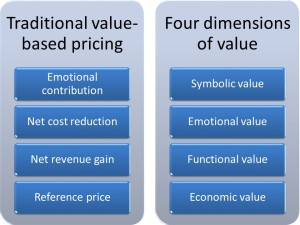 Insights are acquired from surprising places. One such place for me when it comes to continuous improvement and work in general is live video game streaming on Twitch.
Insights are acquired from surprising places. One such place for me when it comes to continuous improvement and work in general is live video game streaming on Twitch.
In this post, I will dig into four behaviors that are regularly exhibited by the popular World of Tanks (an online team-based tank battle game) streamer QuickyBaby, adopting which can possibly make you a popular streamer, but which can also prove to be useful in many other pursuits in life.
Continue reading “Four lessons from QuickyBaby on continuous improvement – and video game streaming”



















